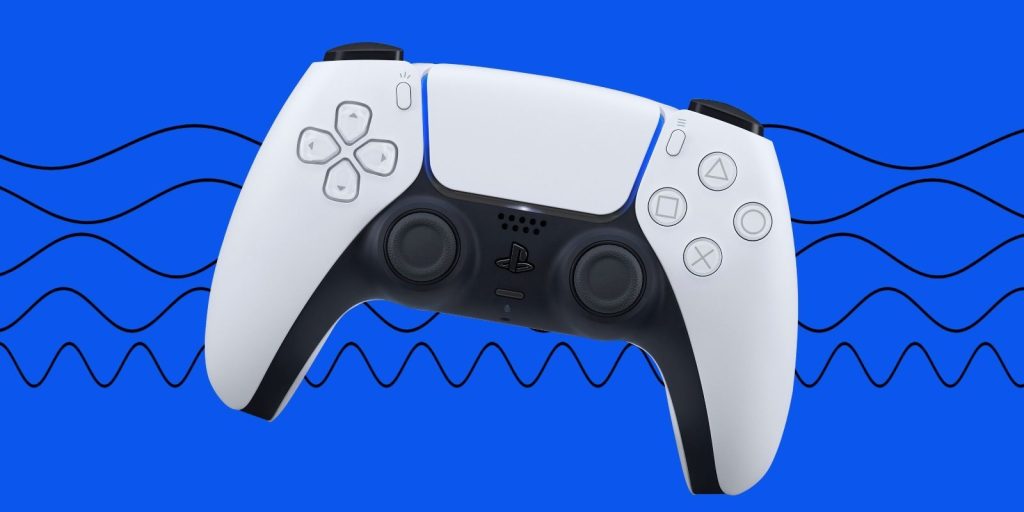
In the world of gaming, the role of haptic feedback in gaming controllers cannot be overstated. Haptic feedback refers to the tactile sensations delivered to the user through vibrations, force, or motion in response to interactions with the game. It enhances the gaming experience by providing a more immersive, engaging, and realistic feel.
Enhancing Immersion
One of the primary purposes of haptic feedback in gaming controllers is to enhance the immersion factor for players. By providing physical sensations that simulate real-world experiences, haptic feedback makes gamers feel more connected to the virtual world. For example, when driving a car in a racing game, the haptic feedback can simulate the vibrations and rumble of the engine, the feeling of different terrains, or even collisions with other vehicles. This level of immersion adds depth and realism to the gaming experience, making it more engaging and enjoyable.
Improving Gameplay
Haptic feedback also plays a crucial role in improving gameplay mechanics. It provides valuable cues and information to players, allowing them to react faster and more intuitively. For instance, in a first-person shooter game, the haptic feedback can simulate the recoil of a weapon, indicating a successful shot. This feedback helps players make accurate judgments and adjust their strategies accordingly. Additionally, haptic feedback can enhance the sense of precision and control, making complex maneuvers or actions more accessible to the player.
Creating Emotional Connections
Haptic feedback has the power to create emotional connections between players and the game. By delivering physical feedback that corresponds to in-game events or actions, it creates a more nuanced and personalized gaming experience. For instance, if a player’s character is injured or in a precarious situation, the controller can provide subtle vibrations or pulses to evoke empathy and heighten the player’s emotional response. This level of immersion fosters a deeper connection and investment in the game’s storyline and characters, enhancing the overall enjoyment and satisfaction.
Increasing Accessibility
Haptic feedback is not only beneficial for experienced gamers but also increases the accessibility of gaming to a broader audience. By utilizing haptic feedback, game developers can create an inclusive gaming environment that caters to players with visual impairments or hearing impairments. For example, haptic feedback can replace or supplement audio cues, providing a means for visually impaired players to navigate the game world more effectively. Haptic feedback bridges the gap between sight, sound, and touch, enabling more individuals to engage with and enjoy gaming without limitations.
Future Possibilities
As technology continues to evolve, so does the potential of haptic feedback in gaming controllers. With the advancements in haptic motors and sensors, gaming controllers can provide more nuanced and intricate feedback. Developers can explore even more realistic simulations, such as the sensation of different textures or the feeling of subtle changes in the environment. As the line between the virtual and physical worlds blurs, haptic feedback will continue to play a vital role in making gaming experiences more immersive, engaging, and unforgettable.
In conclusion, haptic feedback in gaming controllers enhances immersion, improves gameplay mechanics, creates emotional connections, increases accessibility, and holds immense potential for future advancements. It revolutionizes the way we interact with video games, allowing us to feel and experience virtual worlds in a whole new way. As the technology progresses, the role of haptic feedback in gaming controllers will only become more significant, guaranteeing more captivating gaming experiences for players worldwide.


